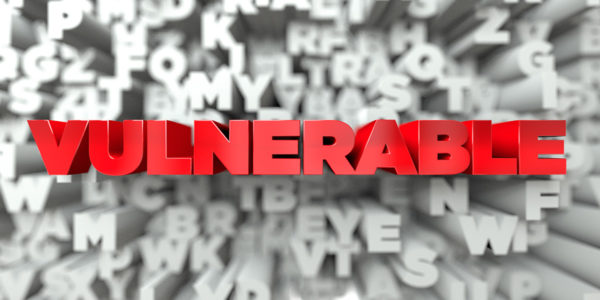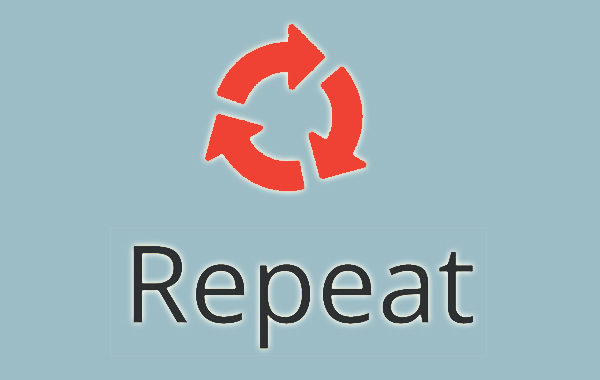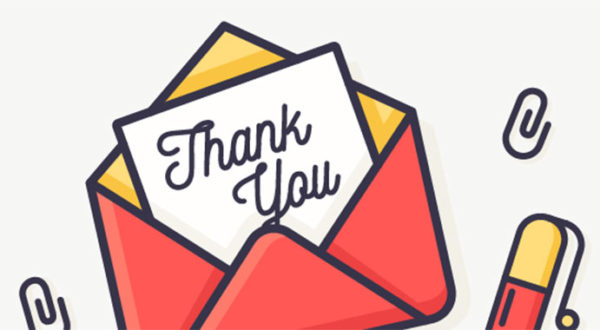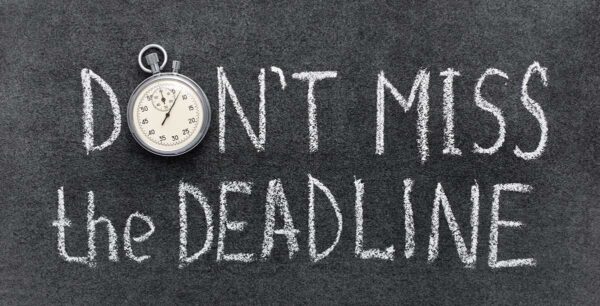Though I’m a great believer in being vulnerable when you create your fundraising, I never use the word “vulnerable” when writing fundraising.
And when organizations that I work with use the word “vulnerable” or the phrase “the most vulnerable,” I delete it.
Here’s Why
When you’re Asking for support in your appeals and e-appeals, what usually works best is to present donors with a problem that is happening right now, one that the donor can solve with a gift today.
The problem with the word “vulnerable” is it accidently tells donors that there is not a problem today.
According to Webster’s, Vulnerable means:
- Capable of being physically or emotionally wounded.
- Open to attack or damage
Look at those definitions again. In both of those cases there is nothing wrong right now. A person is “capable” of being hurt. Or is “open to attack.”
Think about it this way. Say you received two simple e-appeals right next to each other in your inbox. One e-appeal asked you to give a gift to help a person who is in need today. The other e-appeal asked you to help a person who might be in need sometime soon. All things being equal, most donors will give to help the person who is in need today.
By describing your beneficiaries as “vulnerable,” you’re focusing donors’ attention on the fact that there’s nothing wrong yet. You’re telling donors that there might be a problem in the future. So there’s less of a reason for a donor to give a gift right now.
By using the word “vulnerable” you’ve caused fewer people to send in a gift today.
Here’s What I Replace “Vulnerable” With
Instead of focusing on what might happen, focus on what’s happening right now.
What this usually means is that instead of focusing your fundraising on all the people who might need help, you focus it on the people who need help right now.
Here are a couple of examples…
“Your gift to help vulnerable children in our schools learn to read will…” becomes, “Your gift to help a child who is a grade behind in reading level will…”
“Your gift to protect people who are vulnerable to this disease will…” becomes, “Your gift will help people who have this disease by… “
“Your gift will help the most vulnerable…” becomes, “Your gift will help the people who need it most right now…”
If your organization uses “vulnerable” or “the most vulnerable,” edit your future fundraising to talk about the people (or a person) who needs help now. You’ll start to raise more money.
The Big Picture
If you stop using “vulnerable,” will your next appeal raise twice as much money? No.
But if my experience is any indication, I think you’ll raise more money than you’re raising now.
Two reasons.
First, even though your use of “vulnerable” is a small thing, successful appeals and newsletters are made up of a hundred of small things. The better you get at noticing and improving the small things, the more money you raise.
Second, not using “vulnerable” is a very real step on the way towards a powerful principle to operate by. The principle is that you’ll raise more money with your direct response fundraising (appeals, e-appeals, radio, TV, etc.) if you share the most compelling problems your organization and/or beneficiaries are experiencing right now.
Sharing a current problem (not a potential future problem) with donors is one of the ways you can break through all the noise and increase the number of people who send you gifts.
And anything you can do to break through all the noise right now will help, don’t you think?
This post was originally published on June 18, 2020.










